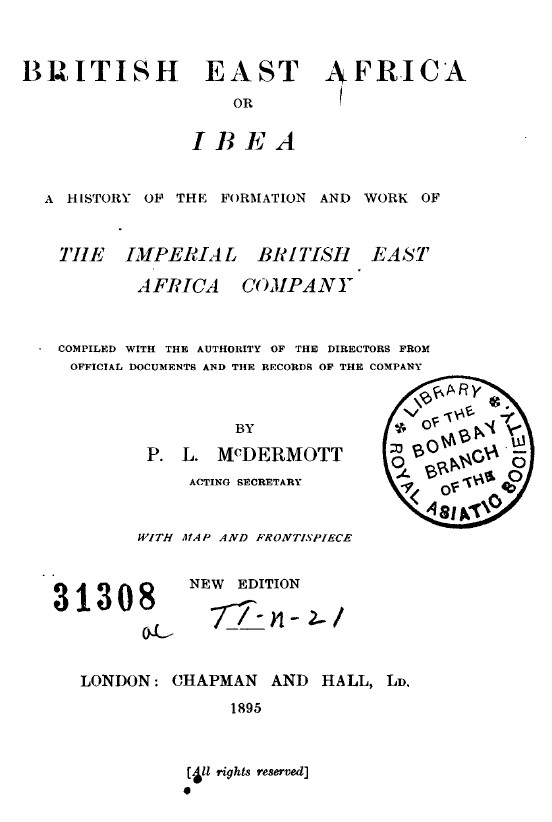
In its medieval age, Mogadishu was famous for being a central hub for Islamic knowledge and the scholars it produced, contemporary to it’s prosperous trade and architecture. And like every other Islamic civilization, Mogadishu boasted itself with the amount of Mosques it had, as witnessed by historians, their mosques were always the focal point in each town or districts, which was then surrounded by residential houses. Some of these mosques testify the importance this ancient town reached since the first centuries of its foundation. Here we will remember the notable ones, or the ones of historical value that is worth mentioning, those which still keep a part, even little, of their original structures, and which deserve a visit, even if short.
In the middle of the town , on the main street that divides Hamarwein from Shingani, on Hamarwein side, there is Arb’a Rukun Mosque; the reason for calling it this name is the mosque is built in a square shape, and it has four corners, each corner has a pillar, Arb’a Rukun means four pillars. The area prior to construction of this mosque was built was called Malmalah, it was a site where Banadiri clan elders met for meetings and mediation on current affairs at that time, affairs such as appointing a new sultan or ruler. Sultan Abu Bakr Bin Fakhruddin was elected in this area in the thirteenth century AD).
The mosque still shows, despite recent restorations, the original plan with the two naves, parallel to the Kibla wall in where the Mihrab is open. On the left of the Mihrab, built on the wall, there was an inscription in three parts: from it we learn the name of the founder, a man of Persian origin named Khusraw bin Muhammad al-Shirazi, as we deduce from the name al-Shiraz and the year of the mosque foundation, the 667 of Hijra, corresponding to 1269 of our age. It is a precious document proving the relations of South Persia with Mogadishu.
Most of the minarets were built in the Benadir areas shortly after the mosque was built, and some of them later, Arb’a Rukun mosque is among them, the mosque remained without a minaret for a while.
In the book, “Exploring the Stone Town of Mogadishu”, Nurien Haji Sadiq writes a brief excerpt about this ancient mosque, he says as follow:
“The masjid Arba’a Rukun (667 AH/1269 CE) was heavily damaged in the recent civil war and has been restored by the government of Turkey. The Turks have put in a lot of effort. Especially commendable is that they have resisted the pressure to expand the mosque and it has therefore been kept small out of respect for its history. Doubts remain, however, as to whether the mihraab is a reproduction of the original. Also, the inside of Mosques as Indicators of the Artistic Maturity Achieved by the Inhabitants 63 the mosque has been re-tiled in Turkish style. The interior walls should have been plastered with lime as is the tradition of Mogadishu.” (Hagi Scikei, 2018)

Written by Zakaria Alshowki
Sources:
Hagi Scikei., N., 2018. Exploring The Old Stone Town Of Mogadishu. 1st ed. Newcastle: Cambridge Scholars Publishing, p.63.
Scikei, N., 2020. The New Mosque Arba’a Rukun: A Restoration To Remember The Banaadiri Past Or To Be Forgotten. [online] Academia.edu. Available at: <https://www.academia.edu/34078942/The_new_mosque_Arbaa_Rukun_a_restoration_to_remember_the_Banaadiri_past_or_to_be_forgotten> [Accessed 18 December 2020].














